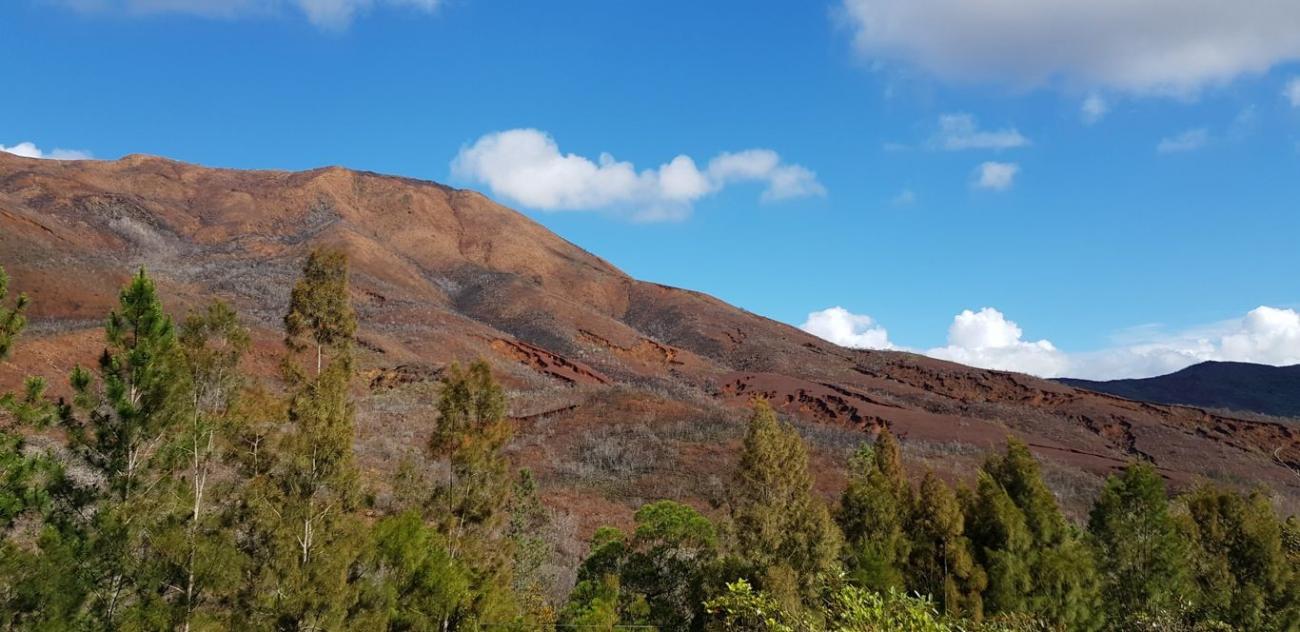Seven hundred years. That’s the time the Mont-Dore forest in New Caledonia will need to regenerate, after a bush fire destroyed most of it last year.
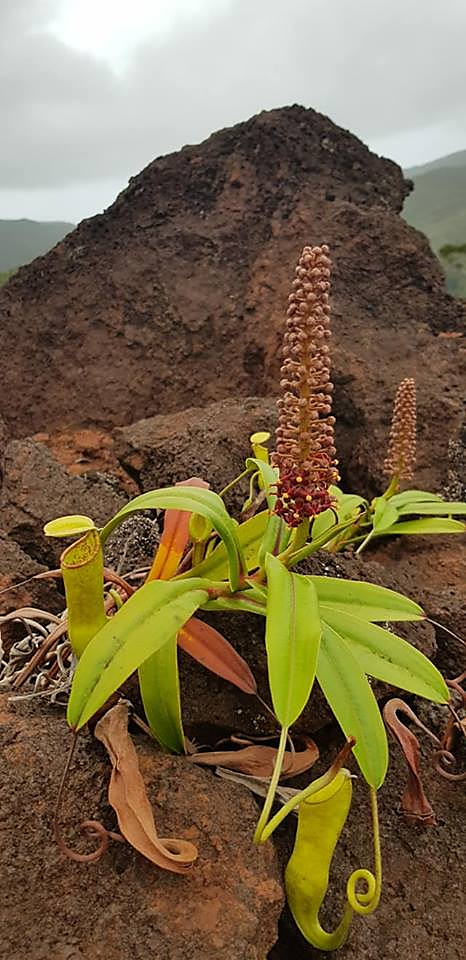 Fire is part of natural regulation of forest ecosystems. Since forever, it is also part of the relationship between men and forests. A study commissioned by WWF in New Caledonia showed that Kanak communities have at least 25 uses for fire, from stubble-burning to fighting pests to communication to hunding to symbolic uses.
Fire is part of natural regulation of forest ecosystems. Since forever, it is also part of the relationship between men and forests. A study commissioned by WWF in New Caledonia showed that Kanak communities have at least 25 uses for fire, from stubble-burning to fighting pests to communication to hunding to symbolic uses.
Melanesians were not the only ones using fire. Miners and early farmers did too. But in recent years, bush fires grew to alarming levels. Fires go faster and further, and they threaten unique ecosystems. Red and black soils in mining districts of Southern New Caledonia have extremely high cobalt, manganese, chrome and nickel levels that would kill most plants – those that thrive are mostly endemic.
“Some of those bushes grow a centimetre every second year, and there is only a few specimens in the entire world”, says Dr Yannick Dominique, who works with the Pacific Community in coordinating the RESCCUE project.
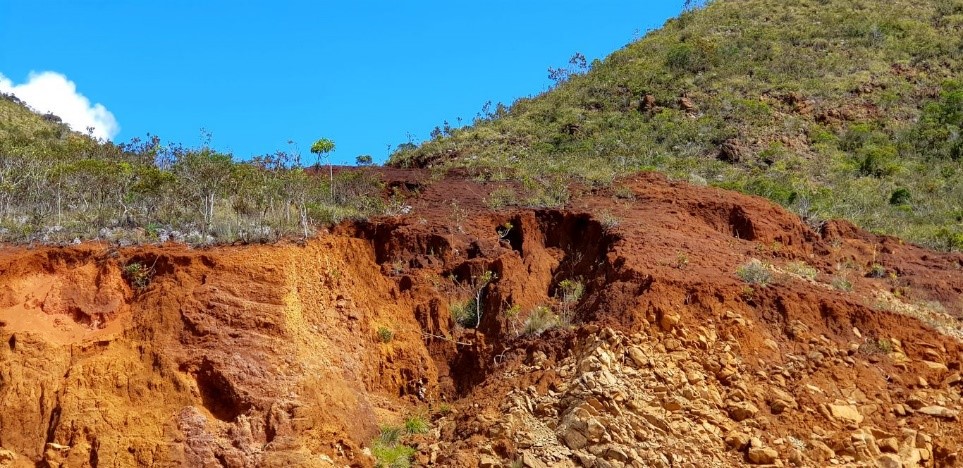 Even if practices changed, bush fire is still a threat for New Caledonian forests. Climate change is not making it easier: not only do winds and dry spells fuel bush fires, but IPCC projections for the Pacific showed that the violence of rain and cyclones will be on the rise during wet seasons in the years to come. When downpour rain drops on forests damaged by bush fire, it washes off the thin layer of earth that provides a ground for rare plants. Hundreds of years will be needed until this environment can re-create itself.
Even if practices changed, bush fire is still a threat for New Caledonian forests. Climate change is not making it easier: not only do winds and dry spells fuel bush fires, but IPCC projections for the Pacific showed that the violence of rain and cyclones will be on the rise during wet seasons in the years to come. When downpour rain drops on forests damaged by bush fire, it washes off the thin layer of earth that provides a ground for rare plants. Hundreds of years will be needed until this environment can re-create itself.
The Government of New Caledonia and the Southern Province took measures to preserve the biological diverstiy they have been entrusted with. Althought they have little traction on climate itself, island countries and territories can adapt to the consequences of climate change. Concrete action on the ground is essential. For example, an information and early warning network allows New Caledonian authorities to identify bushfires early, through partnerships with airline pilots flying over the island. Fire cisterns filled with 30 cubic meters of freshwater were built in the middle of scrublands so fire brigade trucks can fill their water tanks in an emergency.
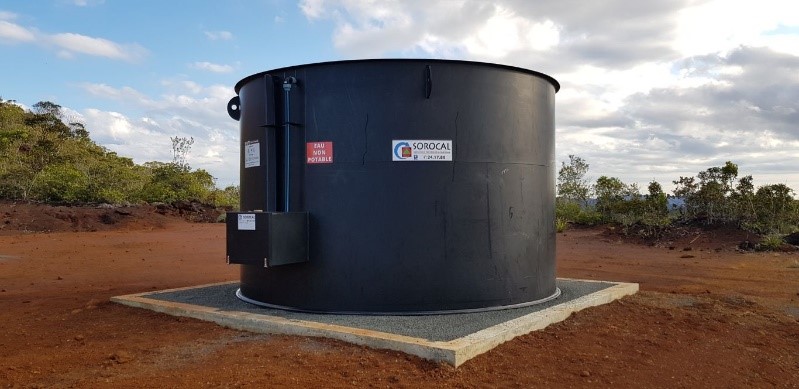 The Pacific Community supports these initiatives as part of its community-based approach to climate change, with financial support form AFD, FFEM and the European Union. SPC has notably coordinated RESCCUE at the regional level over the last five years.
The Pacific Community supports these initiatives as part of its community-based approach to climate change, with financial support form AFD, FFEM and the European Union. SPC has notably coordinated RESCCUE at the regional level over the last five years.
It’s not all about gear, though. Whilst some fires are lit up by inconscious or malevolent individuals, most are accidents and could be avoided.
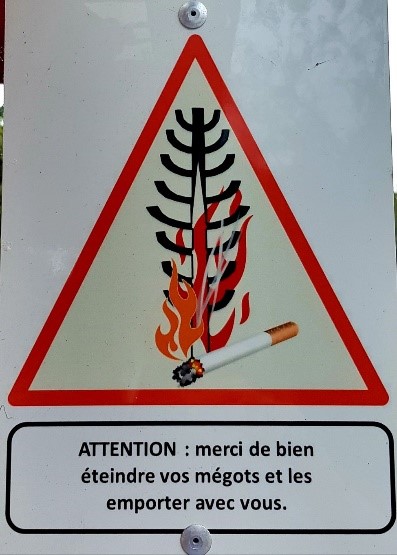 In the small town of Yaté, inhabitants were asked to let the fire brigade know whenever they start a fire as part of their agricultural practices, so emergency services can be on site and take action if necessary.
In the small town of Yaté, inhabitants were asked to let the fire brigade know whenever they start a fire as part of their agricultural practices, so emergency services can be on site and take action if necessary.
In customary or private land, where 87% of all bushfire starts, this arrangement is starting to work. It took off as soon as traditional leaders approved it in principle, and began actively promoting it. Traditional authority thus empowered technology on the ground – as efficiently, or more efficiently, than a conventional administrative approach.
The “Pebble” – as New Caledonians call their island – has kept only 10 to 20% of its rainforests so far, and a mere 1 to 2% of its dry forests. Will concertation-based initiative involving traditional leaders work to preserve the island’s biological diversity for future generations? Only the future can tell.
